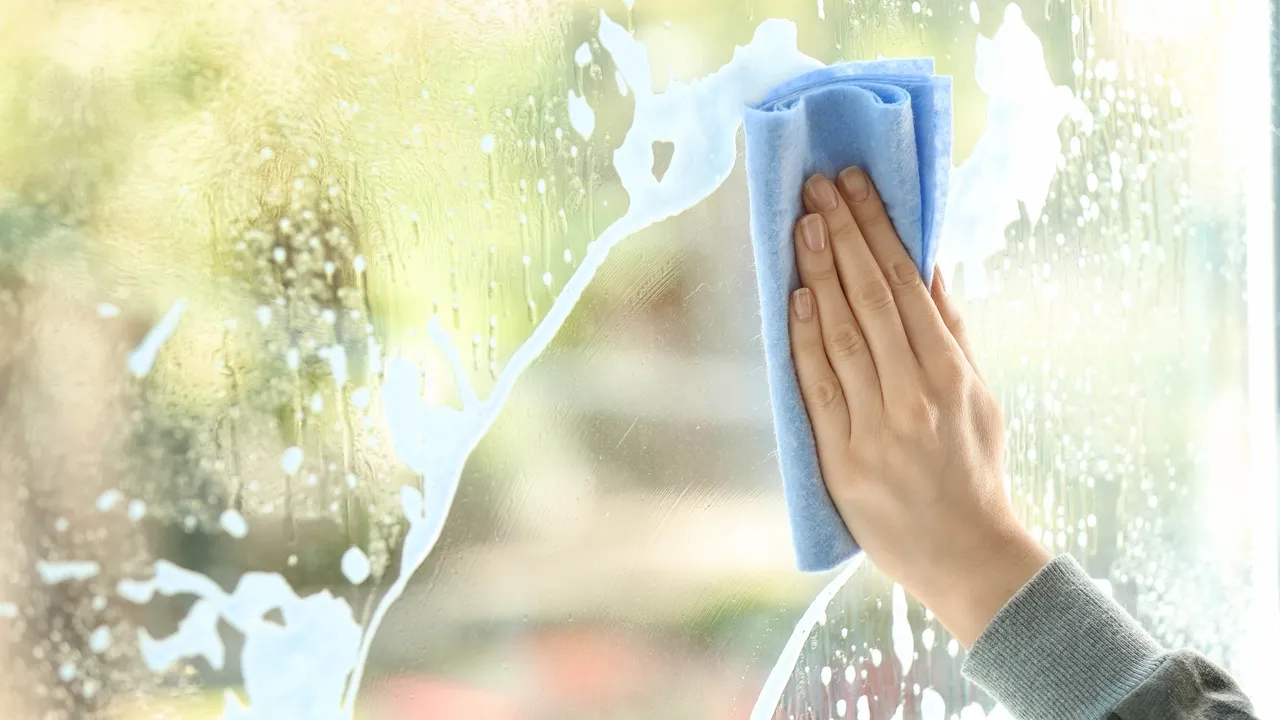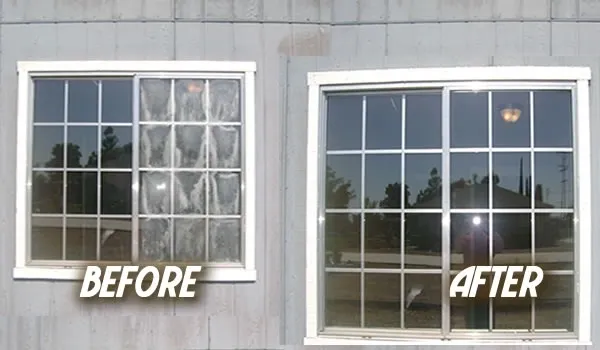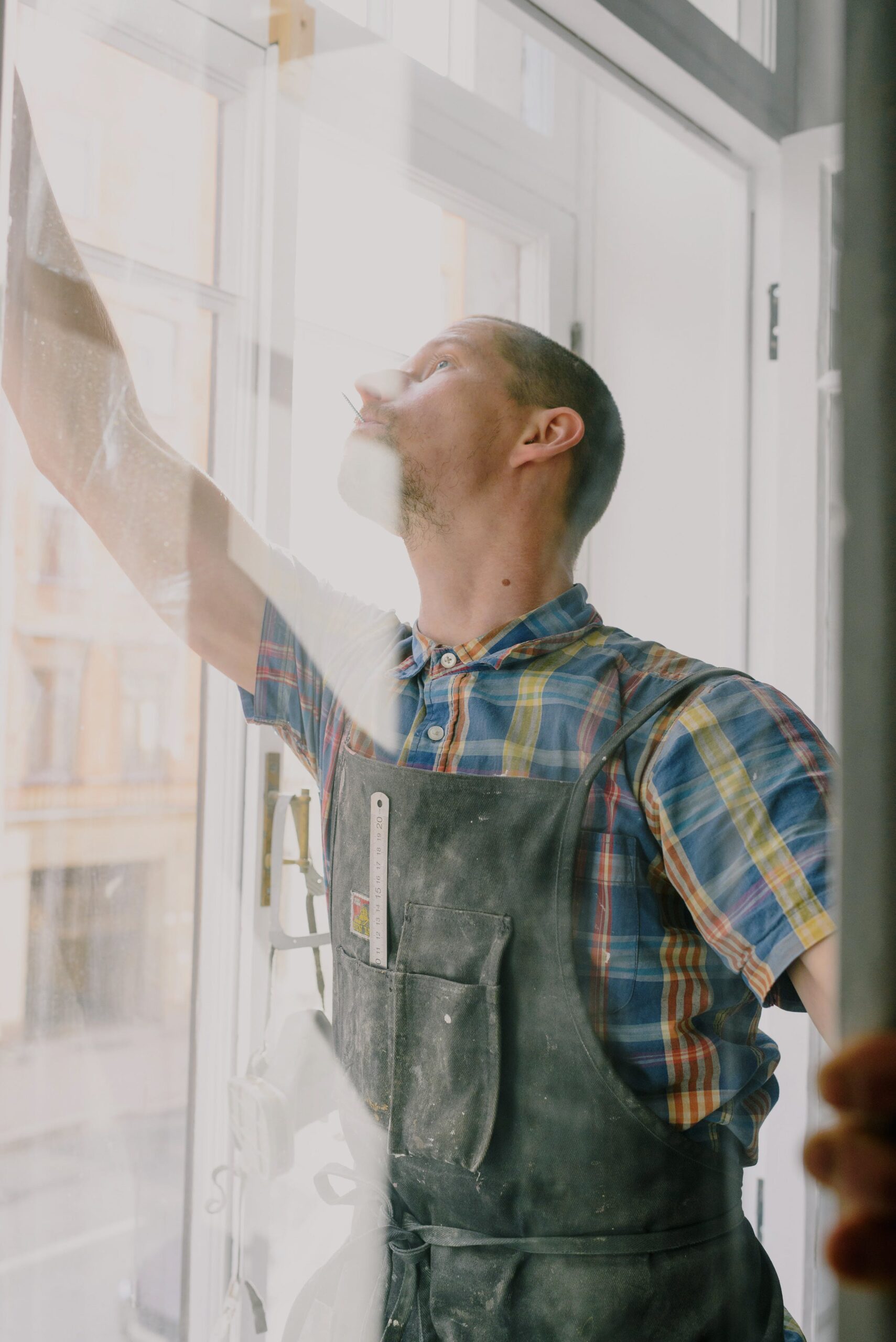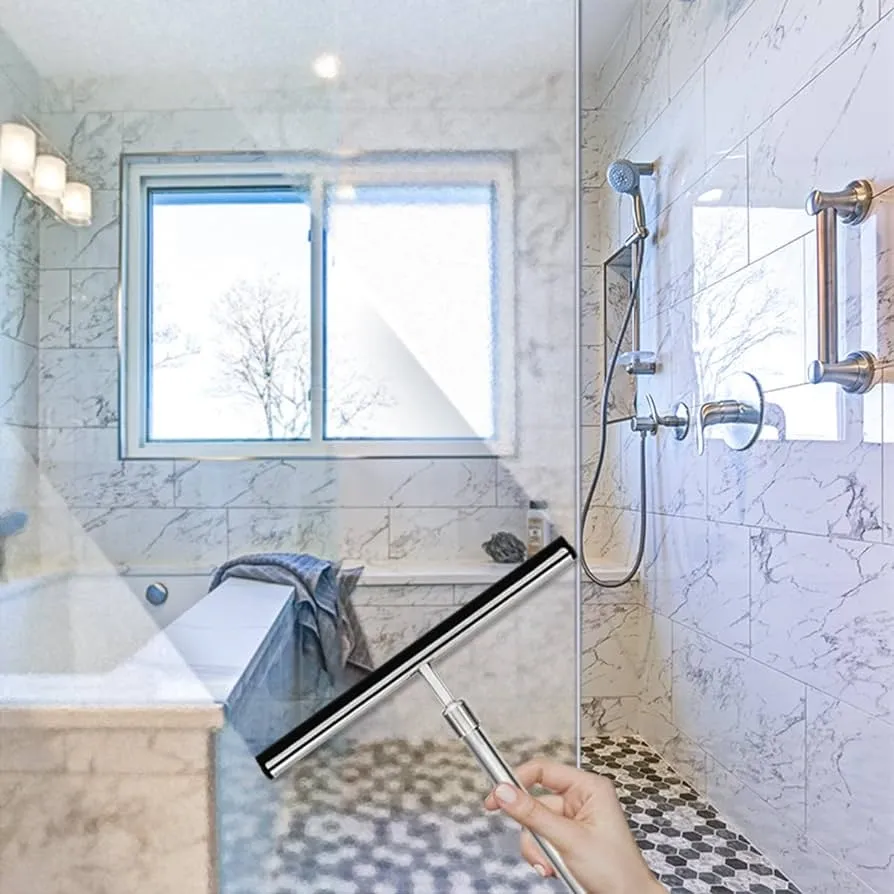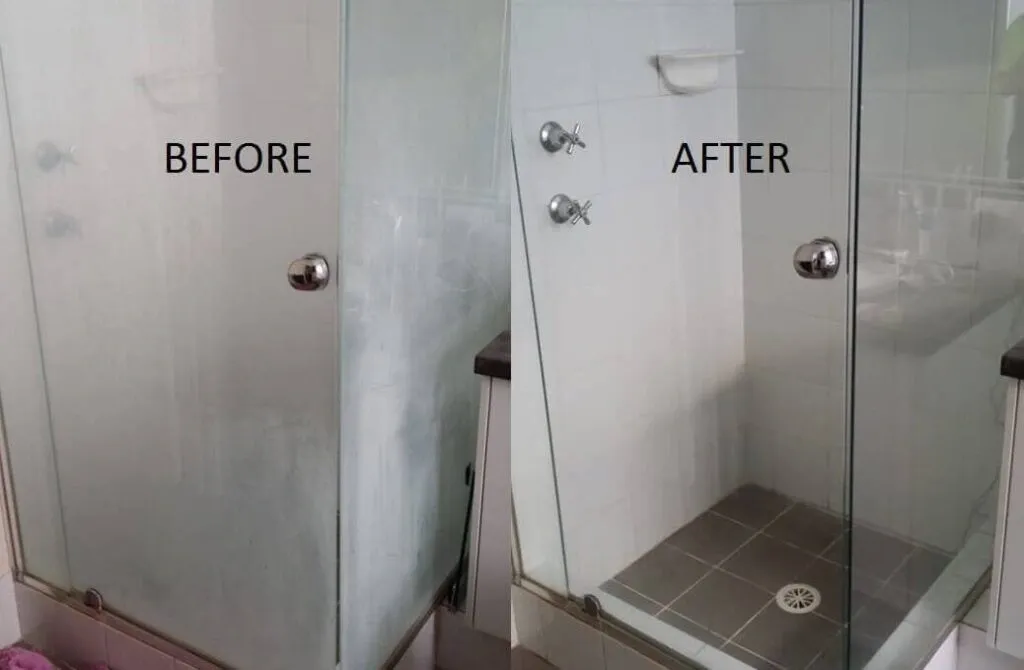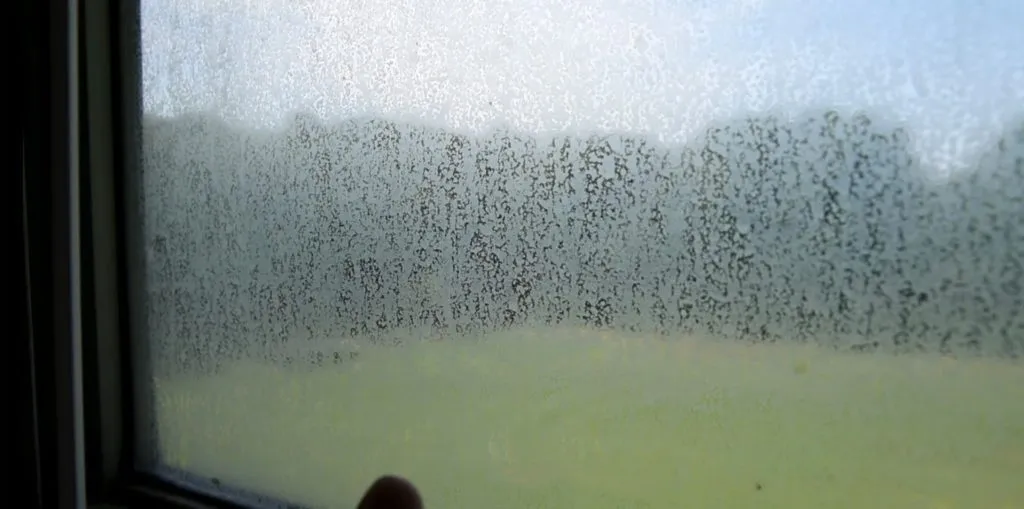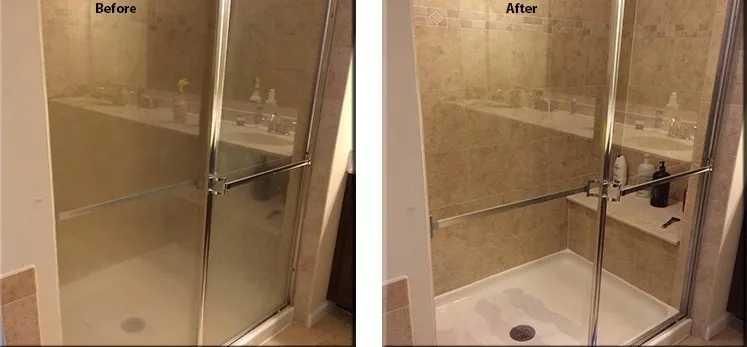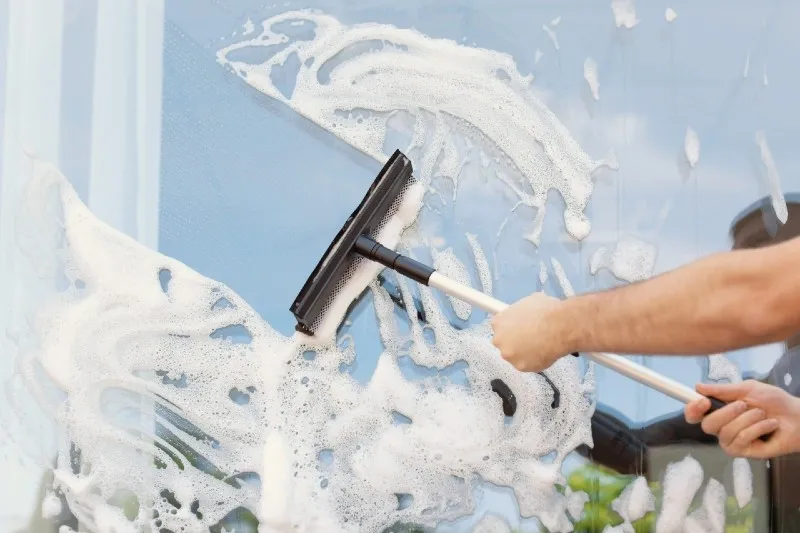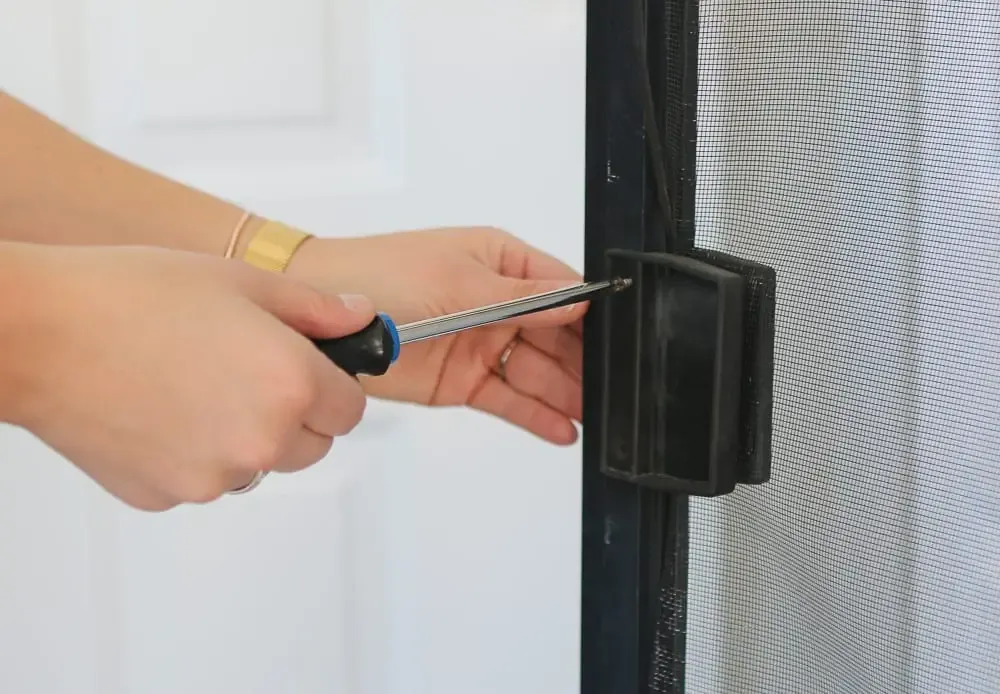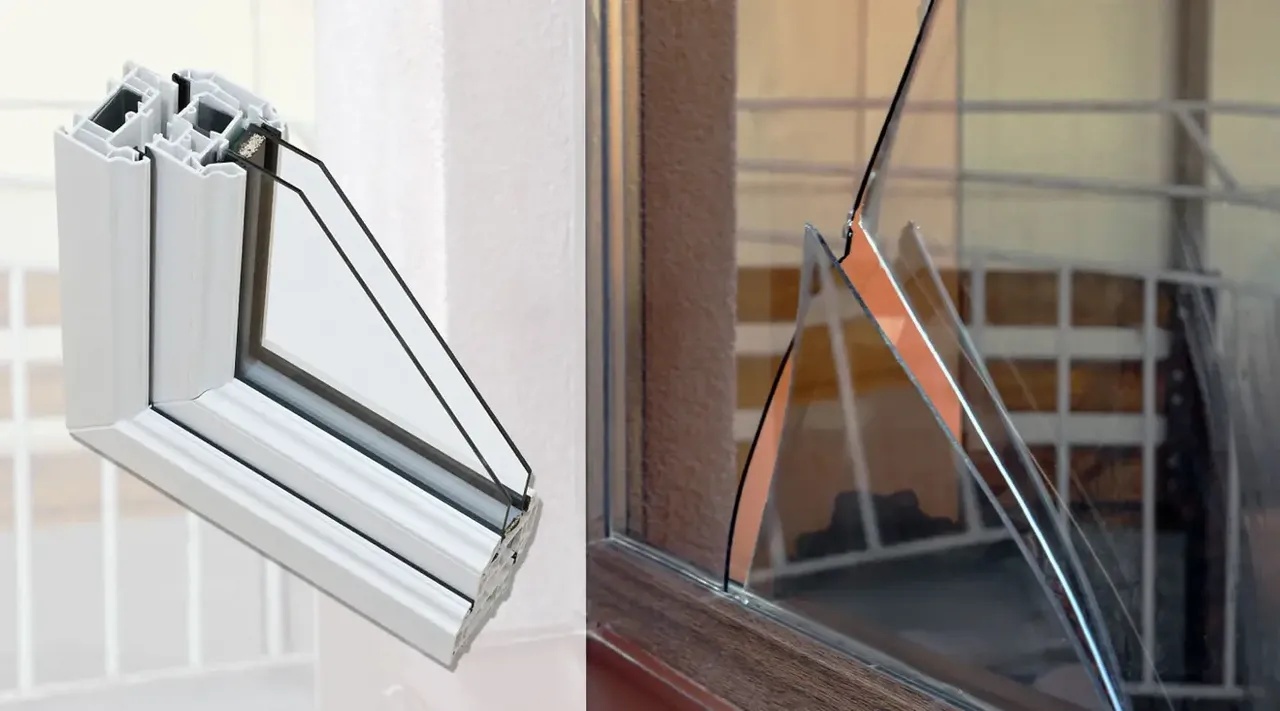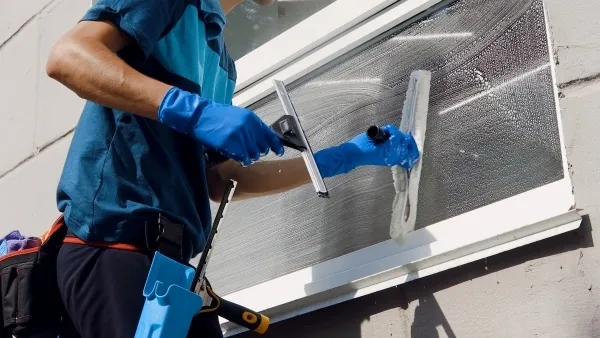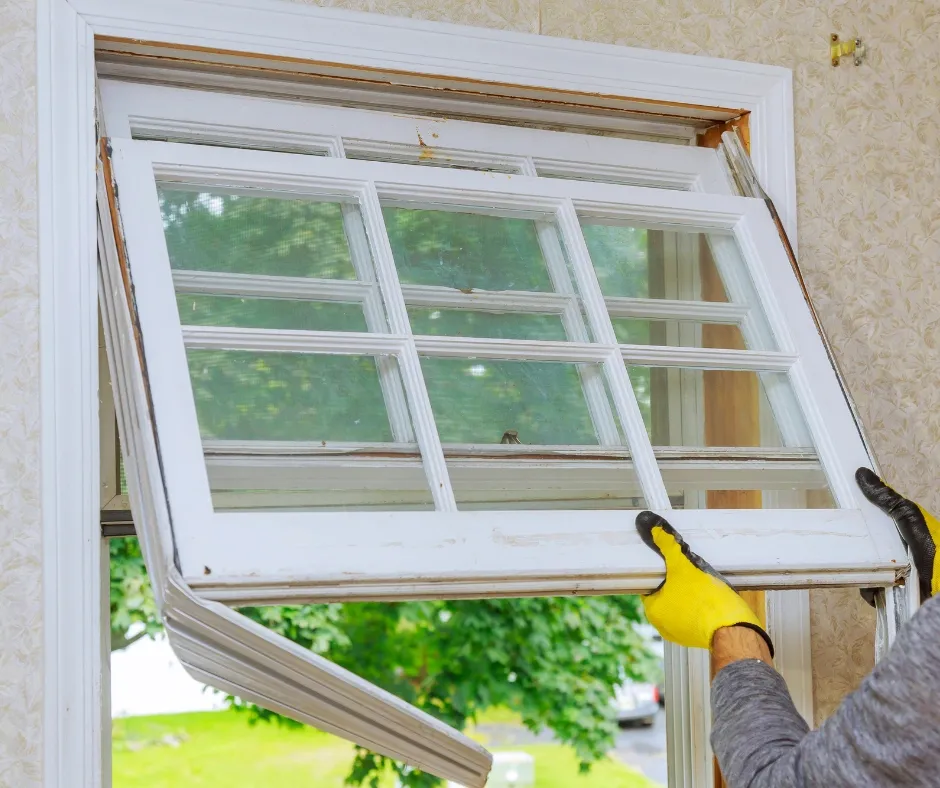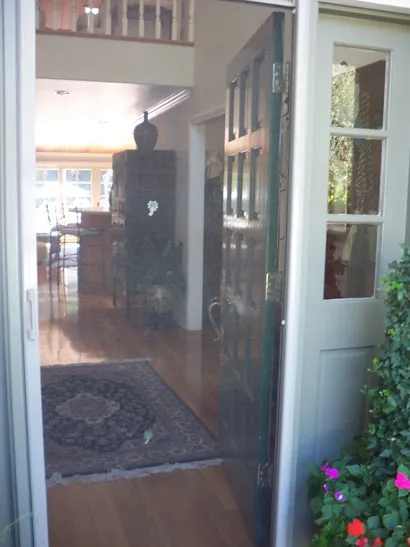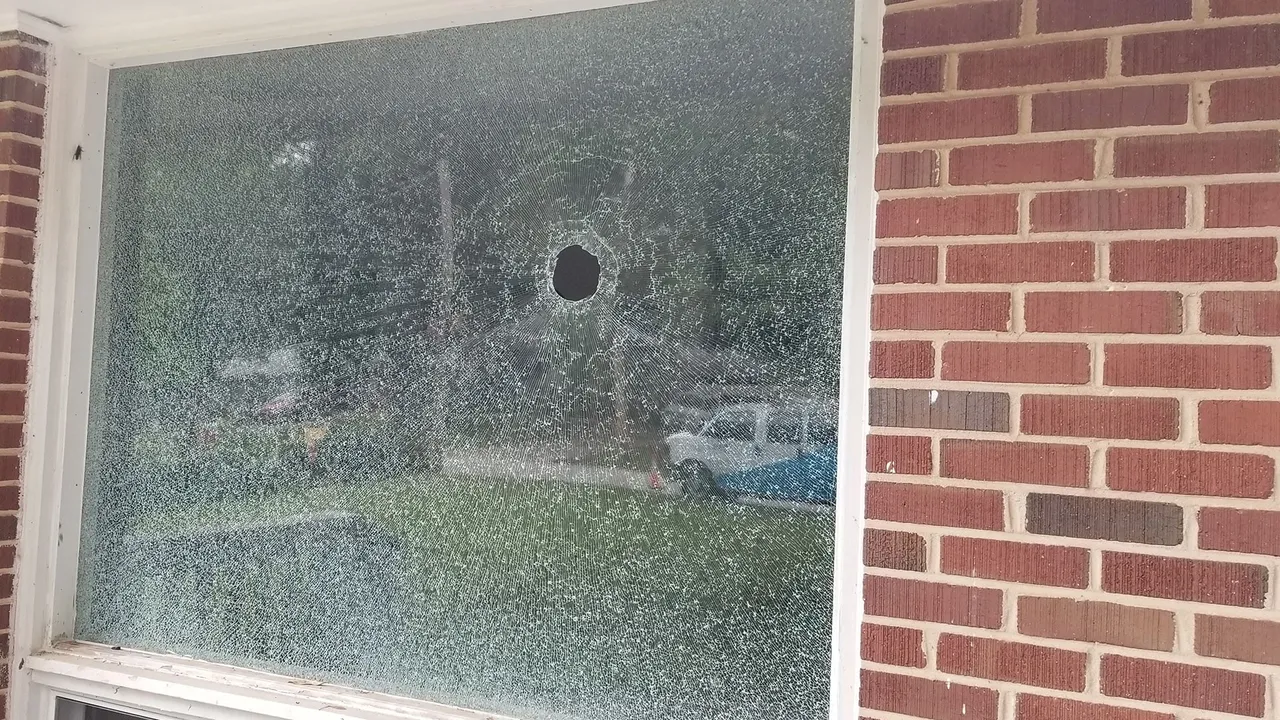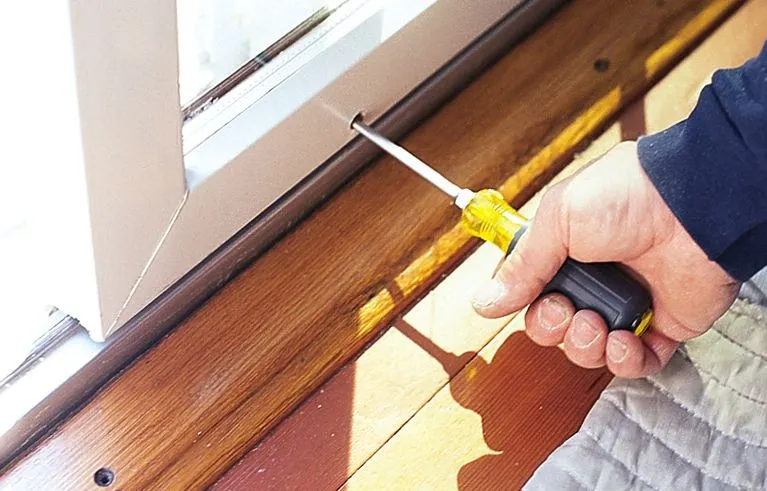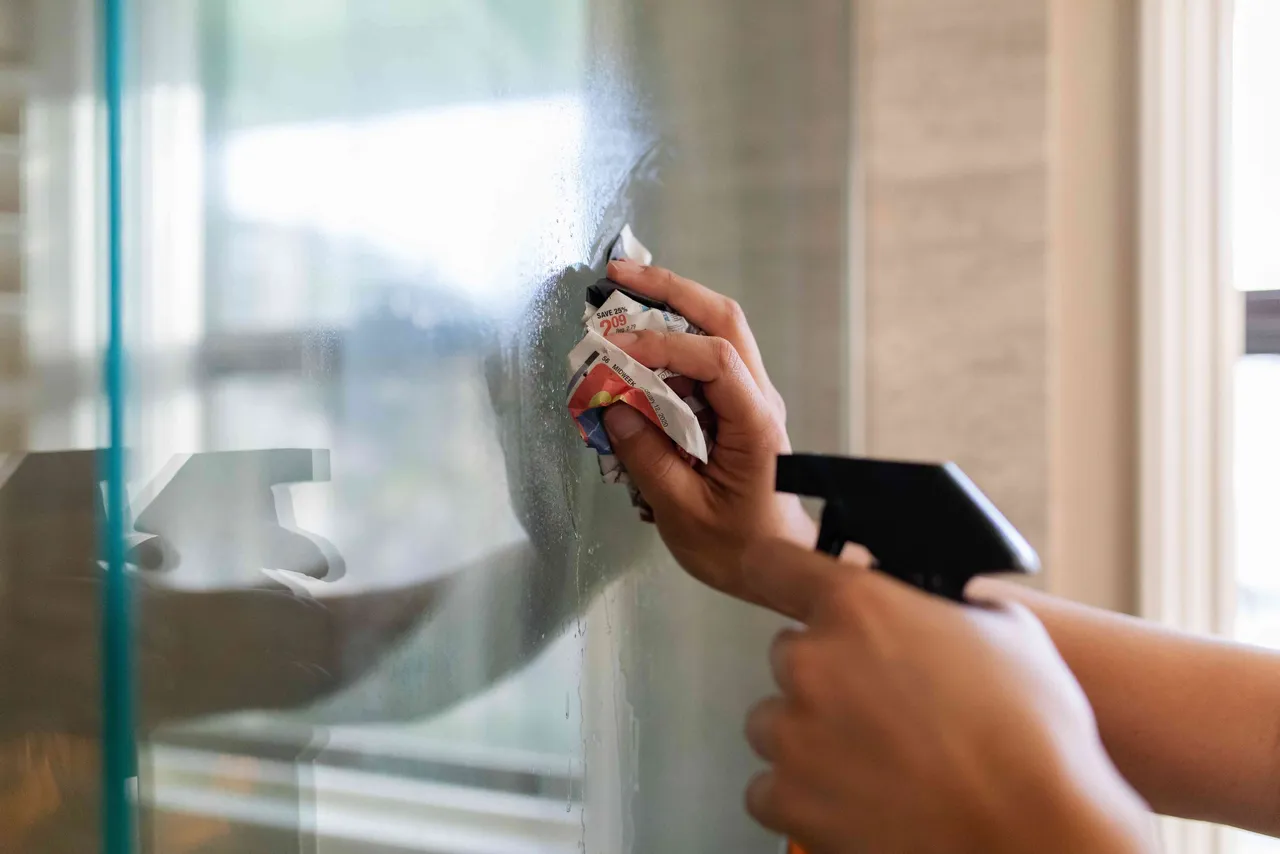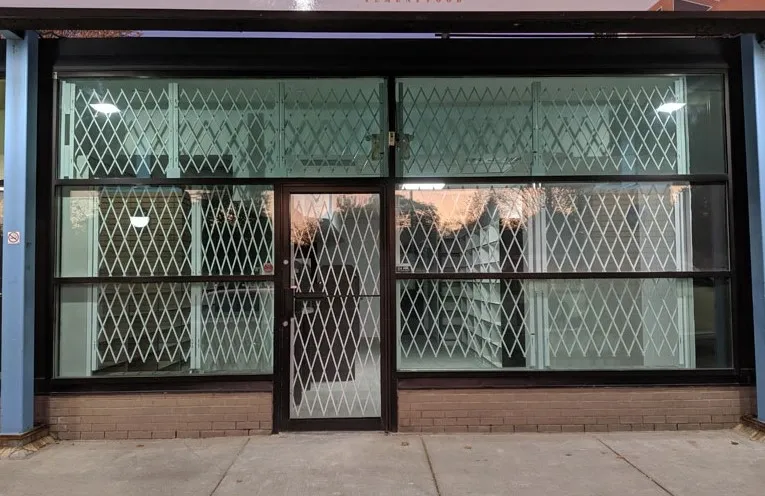How to Clean Windows
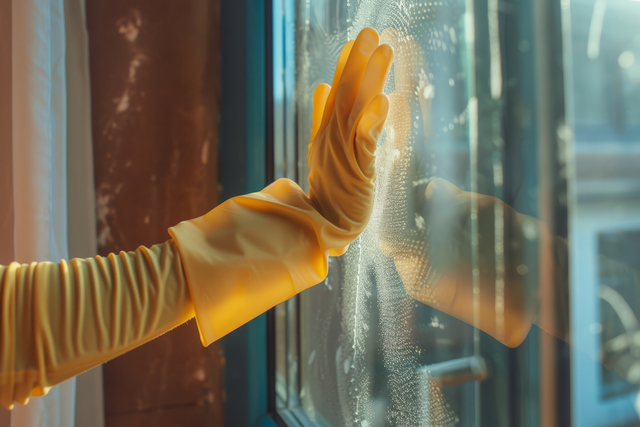
Cleaning windows outdoors, especially when they face dirt and grease, poses numerous challenges, particularly in hard-to-reach spots. Let’s discuss how to clean windows properly.
While the most effective method for cleaning windows involves removing them from their frames, sometimes this approach is challenging, especially with older windows fixed in place. A different approach for washing them in situ is required to achieve optimal results.
Let’s delve into proper window cleaning.
To kick off the process, you must first assess the windows‘ condition to pinpoint areas with heavy soiling or grime buildup. This will help determine the cleaning level and identify any specialized tools or products needed.
Prepare a cleaning solution by mixing warm water with a mild detergent or dish soap, ensuring it’s gentle yet effective at breaking down dirt and grease without harming the window surfaces.
Once ready, dip a soft, non-abrasive sponge or cloth into the solution and wipe down the windows and their sills, aiming to eliminate as much dirt and dust as possible, with a particular focus on areas of pronounced buildup, including corners and edges, often overlooked but prone to significant grime accumulation.
After the initial wipe-down, you can apply a specialized window cleaner. Choose a high-quality product formulated for outdoor use to tackle tough stains and residues.
Using a clean microfiber cloth, generously apply the cleaner to the glass surfaces, working in small sections to ensure thorough coverage. Use circular or back-and-forth motions to agitate stubborn stains and loosen embedded dirt or grease.
Allow the window cleaner to dwell on the glass for a few moments to penetrate and dissolve the remaining residues while concurrently cleaning the window sills and frames using the same solution and a separate cloth or sponge.
Following the dwell time, it’s time to remove the cleaner and any loosened dirt and grime from the windows. To do this, employ a squeegee, a versatile tool that removes excess liquid and leaves streak-free surfaces.
Please start at the top of the window, placing the squeegee against the glass. Pulling it downwards in a smooth, controlled motion with slightly overlapping strokes will ensure complete coverage. Then, periodically wipe the blade clean with a dry cloth to prevent streaking.
After removing the excess cleaner, gently buff the glass to a brilliant shine with a dry microfiber cloth. Please pay close attention to any remaining streaks or smudges and quickly address them to achieve a flawless finish.
In addition to traditional window cleaners, several alternative solutions can effectively clean outdoor windows.
A white vinegar and water mixture can dissolve tough stains and leave a streak-free shine. Rubbing alcohol can act as a degreasing agent to tackle stubborn grease buildup.
When selecting the proper cleaning cloth for windows, microfiber emerges as the clear frontrunner.
Microfiber cloths attract and trap dirt and grime, effortlessly leaving a streak-free finish, unlike traditional cotton cloths.
Additionally, microfiber cloths are highly durable and reusable, making them a cost-effective and eco-friendly option for window cleaning.
In conclusion, proper tools, techniques, and cleaning solutions are essential for achieving optimal results when cleaning outdoor windows.
You can effectively remove dirt, grease, and other residues using a systematic approach and high-quality products such as microfiber cloths and specialized window cleaners. This will leave windows sparkling clean and enhance your home’s overall appearance.

